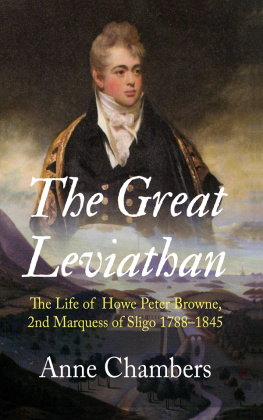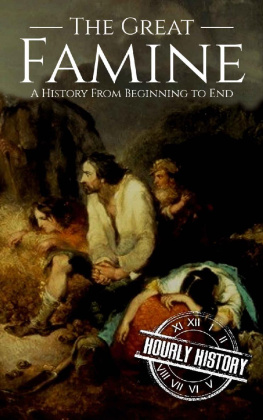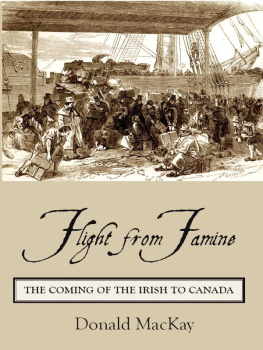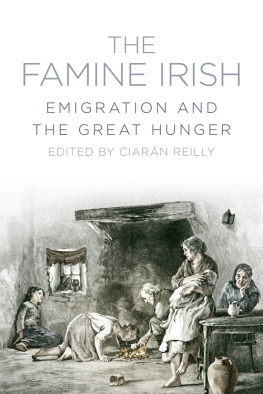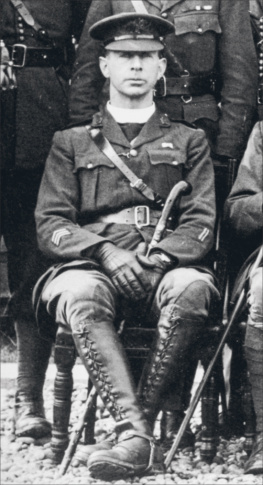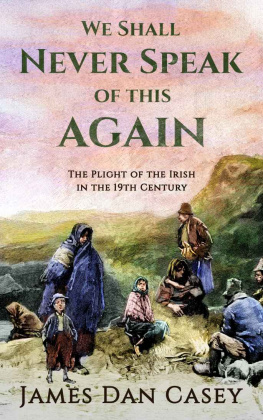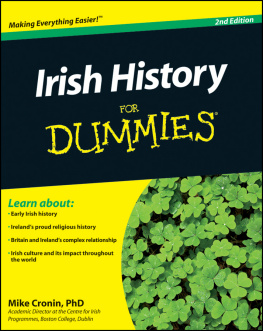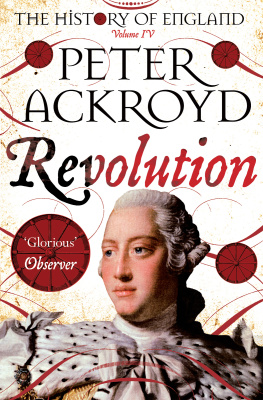Also by Anne Chambers
Biography
Granuaile: Grace OMalley Irelands Pirate Queen (1530-1603)
Shadow Lord: Theobald Bourke Lord Viscount Mayo (15671629)
Pirate Queen of Ireland (children)
Eleanor Countess of Desmond (15451638)
La Sheridan: Adorable Diva (18871958)
Ranji: Maharajah of Connemara (18721933)
T.K. Whitaker: Portrait of a Patriot (19162017)
Other
At Arms Length: Aristocrats in the Republic of Ireland
The Geraldine Conspiracy (a novel)
Finding Tom Cruise (short stories)
The Great Leviathan
The Great Leviathan
The Life of Howe Peter Browne
2nd Marquess of Sligo
17881845
Anne Chambers

THE GREAT LEVIATHAN
First published in 2017 by
New Island Books
16 Priory Hall Office Park
Stillorgan
County Dublin
Republic of Ireland
www.newisland.ie
Copyright Anne Chambers, 2017
The Author asserts her moral rights in accordance with the provisions of the Copyright and Related Rights Act, 2000.
Print ISBN: 978-1-84840-639-1
Epub ISBN: 978-1-84840-640-7
Mobi ISBN: 978-1-84840-641-4
All rights reserved. The material in this publication is protected by copyright law. Except as may be permitted by law, no part of the material may be reproduced (including by storage in a retrieval system) or transmitted in any form or by any means; adapted; rented or lent without the written permission of the copyright owner.
British Library Cataloguing Data.
A CIP catalogue record for this book is available from the British Library.

New Island Books is a member of Publishing Ireland.
Jeremy
In memoriam
Contents
Authors Note
Located in Westport House, a collection of manuscripts and papers survived four hundred years of war, rebellion, famine, fire, rodents and damp. During the course of my research among these remarkable relics for biographies of Irelands sixteenth-century Pirate Queen, Grace OMalley, and her son, Lord Mayo, I came across the correspondence of their descendant, Howe Peter Browne, 2nd Marquess of Sligo.
Brimful with incidents and historic events, with a cast of famous and infamous personages, the story of the 2nd Marquess of Sligo brought me on a journey from Ireland to England, France, Greece, Italy, America, the West Indies and many places in between. Like his enormous portrait by Sir William Beechey, which overshadows those of his ancestors and descendants in the Long Gallery at Westport House, Sligo was truly larger than life. The portrait of him as a student in Cambridge exudes all the youthful exuberance, confidence and foibles of an aristocratic Regency dandy. In a discreet corner in Westport House, however, a more modestly sized portrait of him in middle age shows a face lined with experience, ill-health, worries and responsibilities. As I subsequently discovered, the two portraits are, in effect, visual depictions of his journey from a youth of wealth, privilege and hedonistic self-indulgence to a mature reforming, indebted and well-intentioned landlord, statesman and family man.
The range of Lord Sligos undertakings, the sheer volume of his correspondence scattered in archives throughout the world, as well as the geographical scope of his travels, initially made his biography a prohibitive undertaking. And yet I could not quite ignore him. On visits to Westport House his portrait loomed even larger and beckoned even more. A visit to Jamaica in 1996, in the company of his great-great-grandson the late 11th Marquess of Sligo, to commemorate his contribution to the abolition of slavery on the island in the nineteenth century, was revealing of a man somewhat at odds with the modern-day perception of a nineteenth-century West Indian plantation owner. Researching the Jamaican side of his life for an exhibition in Westport House to commemorate the bicentenary of the abolition of slavery in 2007, I finally realised there was no escape. Howe Peter Browne, 2nd Marquess of Sligo had me hooked.
His relatively short lifespan of fifty-six years was crammed with a diverse and extensive range of activities as a Regency buck, an embattled Irish landlord, a peer of the realm, a West Indian plantation owner, Custos Rotulorum, Lord Lieutenant of County Mayo, Knight of St Patrick, militia colonel, governor general of Jamaica, privy counsellor, legislator, intrepid traveller, political commentator, favoured guest at the court of successive kings of England, as well as in the courts of Napoleons family and in the fashionable salons of Mayfair and Paris, an antiquarian, a patron of the arts, a successful horse breeder, founder and steward of the Irish Turf Club, an emancipator, a friend and fellow traveller of Byron, a spy, sailor and jailbird, as well as the father of fifteen children each role seemed to warrant a biographical treatment in its own right.
A prolific letter writer, Sligo left behind a vast collection of letters, including copies of his own correspondence with others, which, in turn, was further complicated by his atrocious handwriting! This unique and hitherto unpublished archive throws new light on historical events in Ireland, England, Europe and the West Indies and on the people who shaped them in a period of fundamental political and social change, from the French Revolution, to the abolition of slavery, to the Great Irish Famine.
Unable to resist Sligos magnetic appeal, or to choose one aspect of his chequered life over another, I decided, like his portrait in the gallery at Westport House, on the big picture a portrait of his life and times.
*
I am deeply grateful for the assistance and cooperation I received from the many institutions referred to in the reference and source pages. For additional information and material, I am especially indebted to the late 11th Marquess of Sligo, to whom this book is dedicated, and to the Staff at Westport House, especially Sheelyn Browne, Eileen Fahy and Biddy Hughes; the late Lord John Brabourne; Valerie Facey, Kent Reid and Jackie Ranston in Jamaica; and to the late Peter Cochran of the Byron Society.
My thanks to my agent, Jonathan Williams; editor, Emma Dunne; and Edwin, Daniel and staff at New Island. To Martina Chambers Farah and Therese Chambers for their translation assistance, and, as ever, to Tony, family and friends for their encouragement and patience.
Anne Chambers
Dublin 2017


Chapter 1
Little Westport
Little Westport is improving. His teeth tease him a good deal but he is considered as cutting them favourably. His conversation is exceedingly entertaining but not very intelligible, being a mixture of English, French and Portuguese, all of which he understands but sometimes in conversation he blends them a little together.
Earl of Altamont, November 1790
This reference to his two-year-old son and heir was written by John Denis, 3rd Earl of Altamont, to his brother-in-law, Ross Mahon, Castlegar, County Galway, from Lisbon where John Denis and his English-born wife, Louisa Catherine Howe, were temporarily resident. At thirty-four years of age, the earl had suffered a mild stroke and found the benign climate of Lisbon more beneficial than the chill and dampness of his west of Ireland estate. My feet continue quite well and I walk about with my crutches very stoutly Every day of rain or wind I have a fresh supply of rheumatism; fortunately they occur but seldom in this climate.At two years old he had embarked on the first of many journeys that would make him one of the most travelled men of his time.

